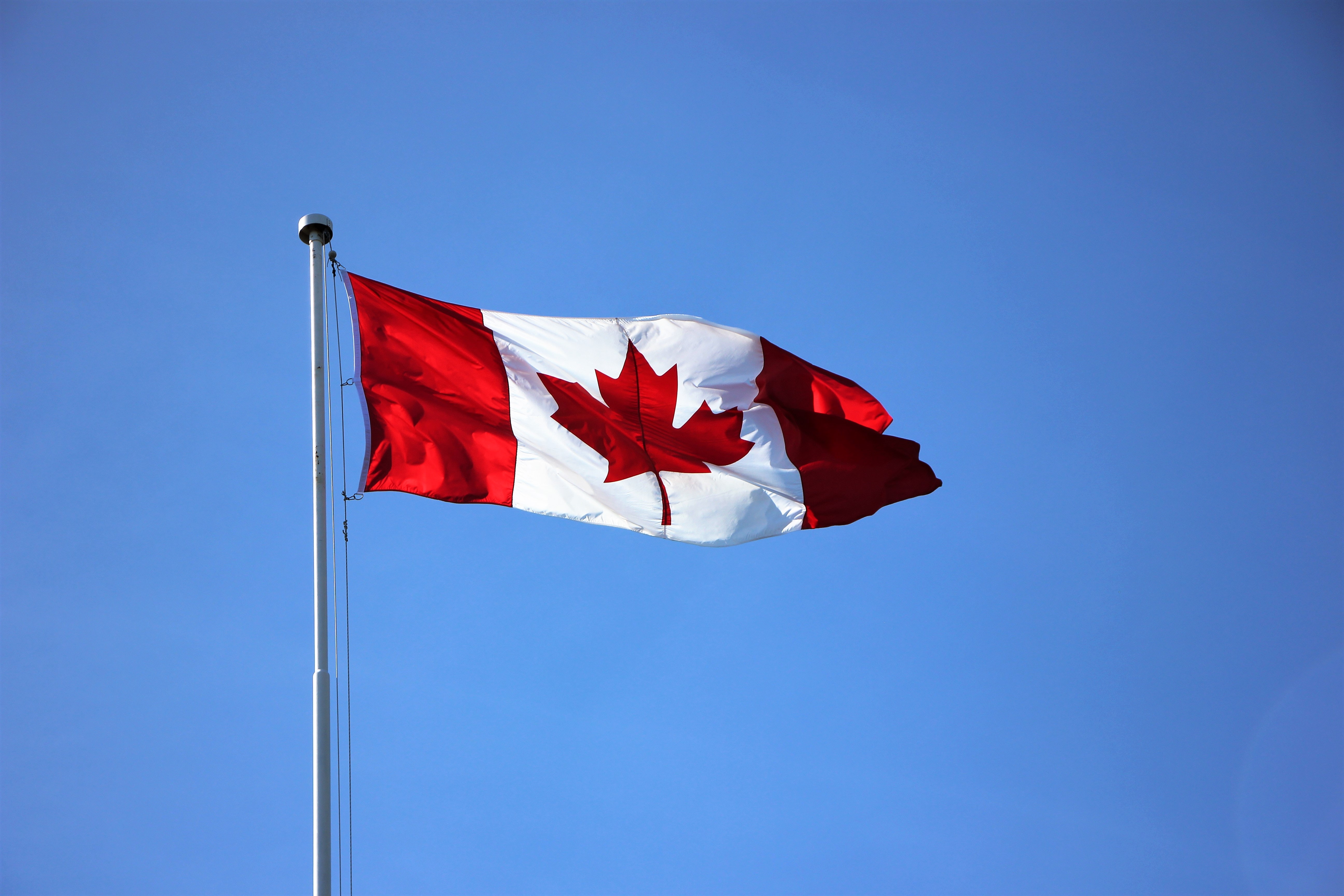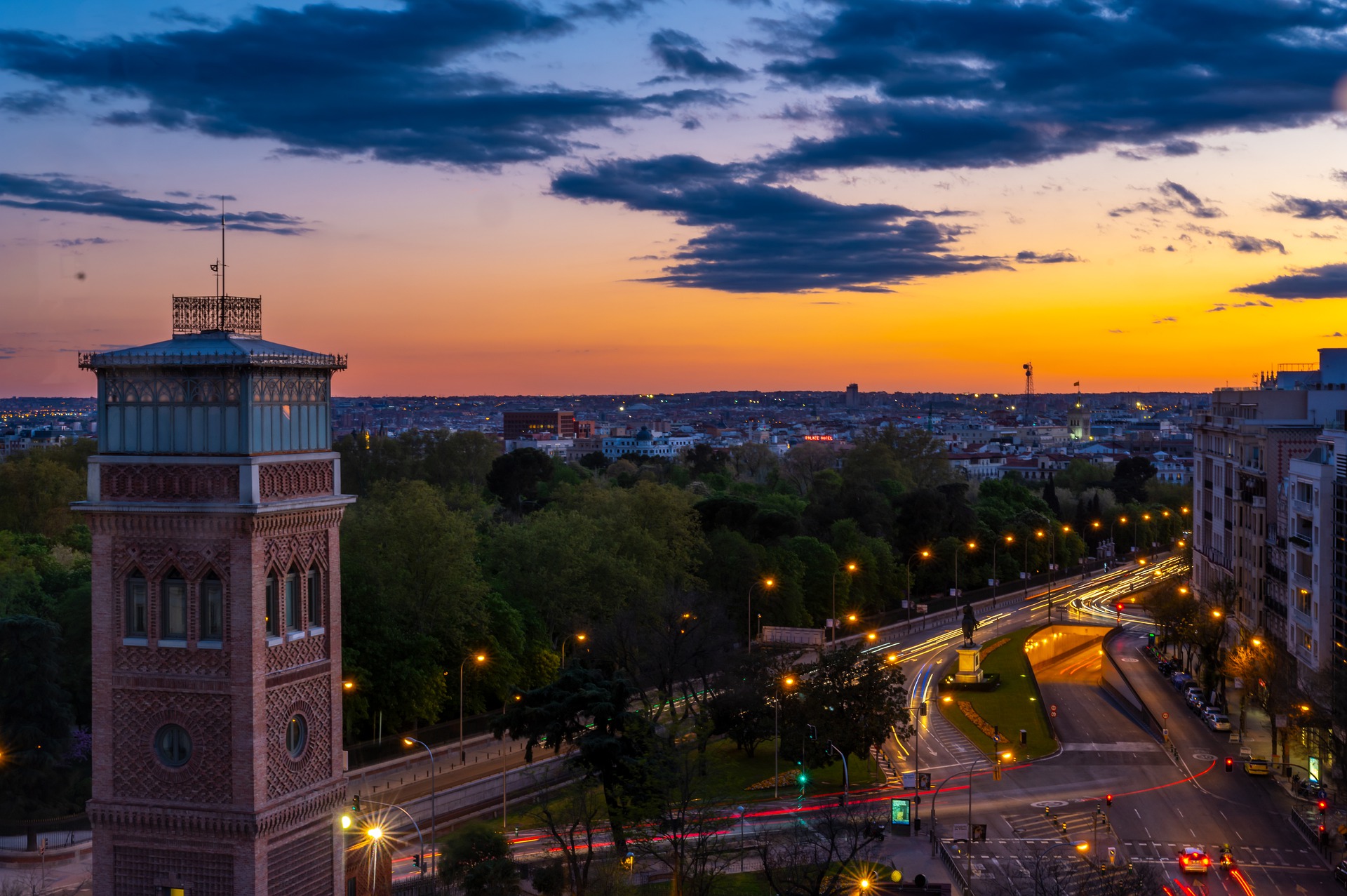
CANADA
Ottawa
Introducing CANADA
Currency
Canadian dollar (CAD)
Languages
English
Time Zone
27/07/24
07:08 AM
Canada, a
country of great distances and abundant natural resources, gained independence
from the British crown in 1867 but kept ties to it. With the passage of the
Canada Act in 1982, Canada confirmed its constitutional independence from the
UK and obtained legislative independence from the UK in 1931. The country's
economic and technical advancements have kept pace with those of the US, it’s
neighbor to the south across the longest international border in the world. In
addition to addressing the specific problems of Quebec, which is predominately
francophone, Canada has political obstacles to meeting public demands for
quality improvements in health care, education, social services, and economic
competitiveness. Canada also wants to expand its array of energy sources while
upholding its environmental commitment.
Northern North America, bordering the North Atlantic Ocean on the east, North Pacific Ocean on the west, and the Arctic Ocean on the north, north of the conterminous US
total: 9,984,670 sq km land: 9,093,507 sq km water: 891,163 sq km
varies from temperate in the south to subarctic and arctic in north
38,232,593 (2022 est.)
In terms of
its manufacturing structure, market-oriented economic system, and high level of
life, Canada is similar to the US. The country's economy has changed from one
that was predominantly rural and rural-based after World War II to one that is
primarily industrial and urban-based due to the impressive growth of the
manufacturing, mining, and service sectors. Canada has a sizable oil and gas
industry, with Alberta in the western provinces producing the majority of the
country's crude oil. Behind Saudi Arabia and Venezuela, Canada is currently the
third-largest oil producer in the world, and it also has the third-largest
proven oil reserves. The 1989 Canada-US Free Trade Agreement and the 1994 North
American Free Trade Agreement considerably increased trade and economic
cooperation between the US and Canada (which also includes Mexico). With over
$680 billion in trade in goods and services in 2017, Canada and the US have the
largest bilateral trade and investment partnership in the world, and more than
$800 billion in equities for two-way investments. Each year, the US receives
more than three-fourths of the goods that Canada exports. Canada is a major source
of uranium imports into the US and is the largest foreign supplier of energy to
the US, including oil, natural gas, and electric power. Canada experienced
strong economic development from 1993 to 2007 thanks to its wealth of natural
resources, highly skilled labor force, and contemporary capital stock. The
worldwide economic crisis of 2007–08 caused a severe recession in Canada by the
end of 2008, and after 12 years of surpluses, Ottawa reported its first fiscal
deficit in 2009. Due to the financial sector's history of conservative lending
standards and high capitalization, Canada's main banks emerged from the global
financial crisis of 2008–2009 among the strongest in the world. In 2017, the
Canadian economy grew strongly, by 3%, but most economists predict that in
2018, growth would be less robust, closer to 2%.
Canadian
White 87.2%, Black/African/Caribbean/black British 3%, Asian/Asian British: Indian 2.3%, Asian/Asian British: Pakistani 1.9%, mixed 2%, other 3.7% (2011 est.)
5.67% (2019 est.) 5.83% (2018 est.) country comparison to the world: 92
English (official) 58.7%, French (official) 22%, Punjabi 1.4%, Italian 1.3%, Spanish 1.3%, German 1.3%, Cantonese 1.2%, Tagalog 1.2%, Arabic 1.1%, other 10.5% (2011 est.)
Catholic 39% (includes Roman Catholic 38.8%, other Catholic .2%), Protestant 20.3% (includes United Church 6.1%, Anglican 5%, Baptist 1.9%, Lutheran 1.5%, Pentecostal 1.5%, Presbyterian 1.4%, other Protestant 2.9%), Orthodox 1.6%, other Christian 6.3%, Muslim 3.2%, Hindu 1.5%, Sikh 1.4%, Buddhist 1.1%, Jewish 1%, other 0.6%, none 23.9% (2011 est.)
0-14 years: 15.99% (male 3,094,008/female 2,931,953) 15-24 years: 11.14% (male 2,167,013/female 2,032,064) 25-54 years: 39.81% (male 7,527,554/female 7,478,737) 55-64 years: 14.08% (male 2,624,474/female 2,682,858) 65 years and over: 18.98% (2020 est.) (male 3,274,298/female 3,881,126)
continuous permafrost in the north is a serious obstacle to development; cyclonic storms form east of the Rocky Mountains, a result of the mixing of air masses from the Arctic, Pacific, and North American interior, and produce most of the country's rain and snow east of the mountains
$1,742,790,000,000 (2020 est.) $1,842,330,000,000 (2019 est.) $1,808,660,000,000 (2018 est.) note: data are in 2017 dollars country comparison to the world: 15
1.66% (2019 est.) 2.02% (2018 est.) 3.17% (2017 est.) country comparison to the world: 148
$45,900 (2020 est.) $49,000 (2019 est.) $48,800 (2018 est.) note: data are in 2017 dollars country comparison to the world: 34
$1,741,865,000,000 (2019 est.)






